AGGREGATE: NEWS & EVENTS
Strength for students in trial site visit
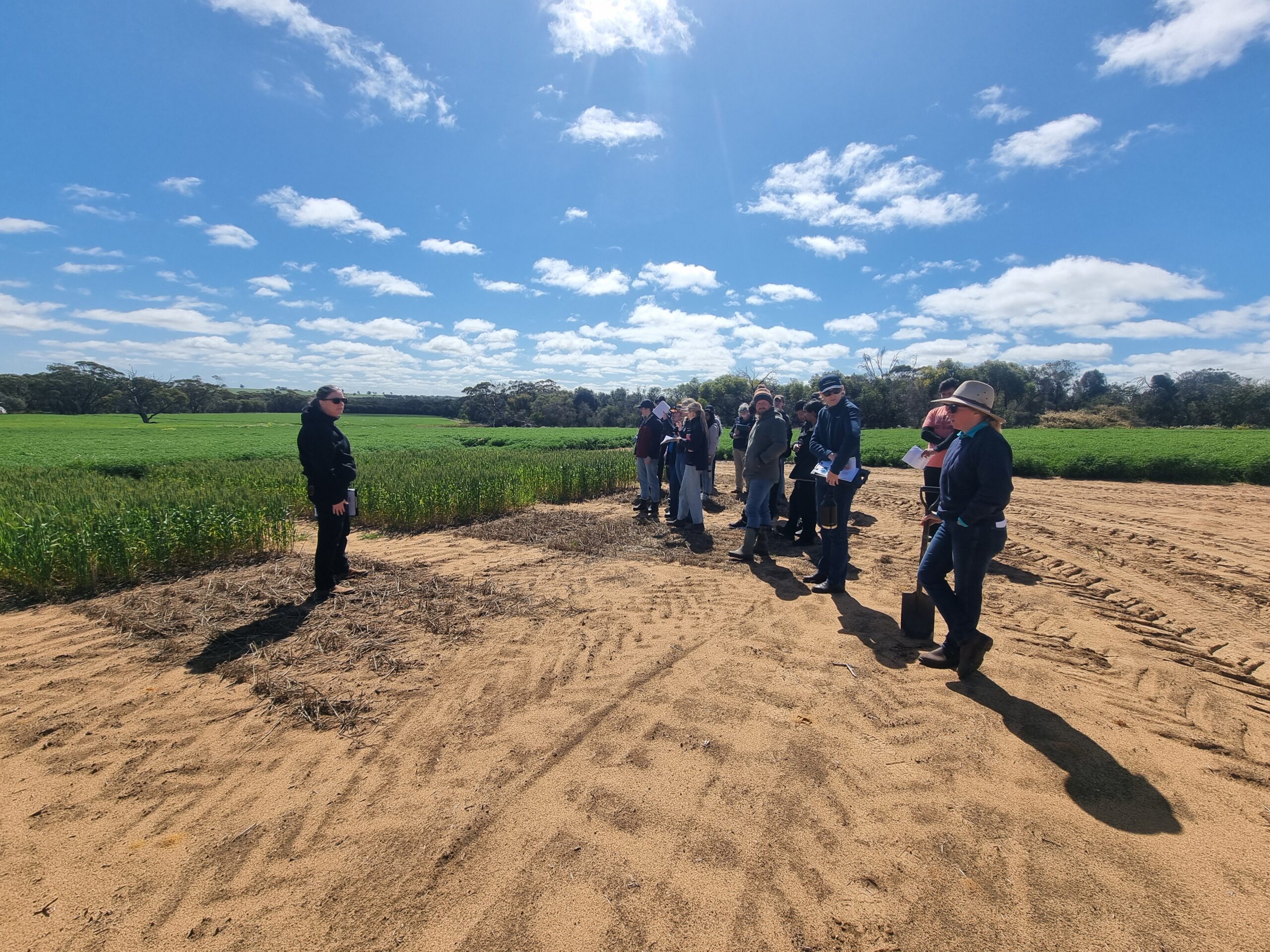
CROP AND Pasture Science students were given a closer look at the impact of high strength soils when they visited a trial site at Bolgart last month.
The Grains and Research Development Corporation-funded trial, run by the Western Australian No-Tillage Farmers Association in collaboration with Murdoch University, is part of a national project led by The University of Queensland.
High strength soils are the result of soil compaction, with regular culprits being traffic, tillage equipment and stock trampling.
When compacted, soils can have low porosity and high bulk density, restricting plant access to nutrients and water and limiting seedling emergence and growth.
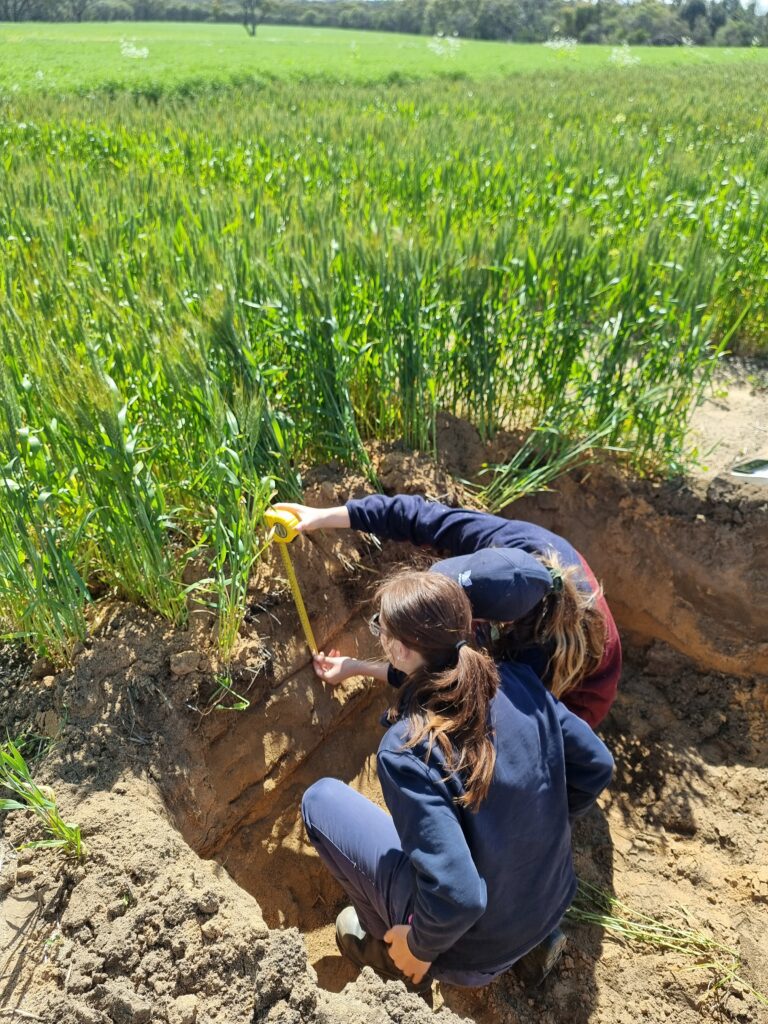
Research on the Bolgart site, around 125 km north-east of Perth, is exploring the response of wheat cultivar LRPB Vortex to no tillage versus deep ripping to 60 cm on a Tenosol after different rotational sequences.
Murdoch University Senior Lecturer Wendy Vance said she was hoping to see whether deep ripping influenced water availability and grain yield, especially as the trial soil profile started to dry down toward the end of the season.
“We’re going to monitor soil water content from now until the end of the season, as well as do more plant physiology measurements to look at changes in plant respiration,” she said.
“If plants are in drier soils and experiencing water stress, they won’t photosynthesize as much, and so we may see a measurable difference between the ripped and the unripped soils.
“Similarly, we want to determine where, if the roots have reached a greater depth and accessed more subsoil water, does that mean they’ll be more productive? Potentially, they won’t have been as stressed early in the season as an unripped plot and may be able to access deeper water late in the season.”
Vance said it was important for her students, most of them in the second year of their studies, to visit a field research site, understand how to ask the right research questions, and develop treatments and measures that can answer those questions.
Equally important was the opportunity to experience different farming systems and speak with growers, in this case landholder Dustin Michael and neighbour Trevor Syme.
“Some of the students are not from farms. So these opportunities might spark an interest in agriculture or give them an idea of where they want to work in the future as well,” Vance said.
Given the trial’s first year (2024) included canola, lupin and tillage radish treatments, Vance said data generated from the research would benefit growers when making decisions on managing compaction.
“This research provides a really great basis for the grower to continue some simple soil strength measurements in the future to see if and how quickly consolidation of the soil profile occurs over time, and give them some sort of an idea of how often they might need to rip these soils,” she said.
This research is being undertaken with investment from GRDC in Understanding Crop Development and Yield Responses to Mitigate High Soil Strength in Australian Soils, UOQ2308-006RTX.
Murdoch University’s Crop and Pasture Science (ANS207) major has between 20 and 30 graduates per year.
MORE STORIES
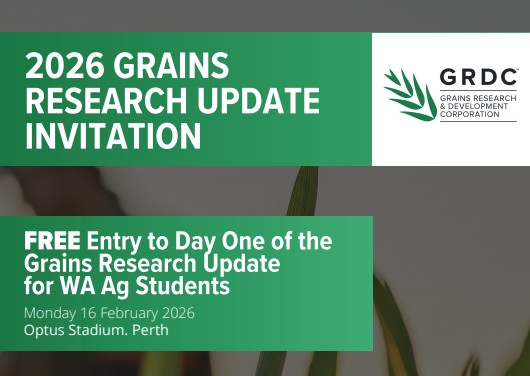
Free Grains Research Update tickets for ag students
WA tertiary agriculture students have been offered free entry to the first day of the Grains Research Update in February 2026.
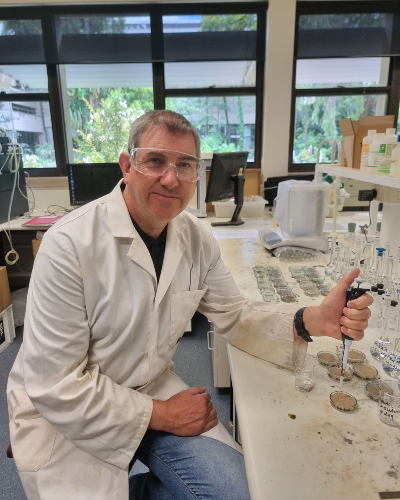
Chemist not repelled by ag challenge
Through the investment of the GRDC, Murdoch University’s Professor David Henry is extending the soil water repellence work once led by DPIRD.
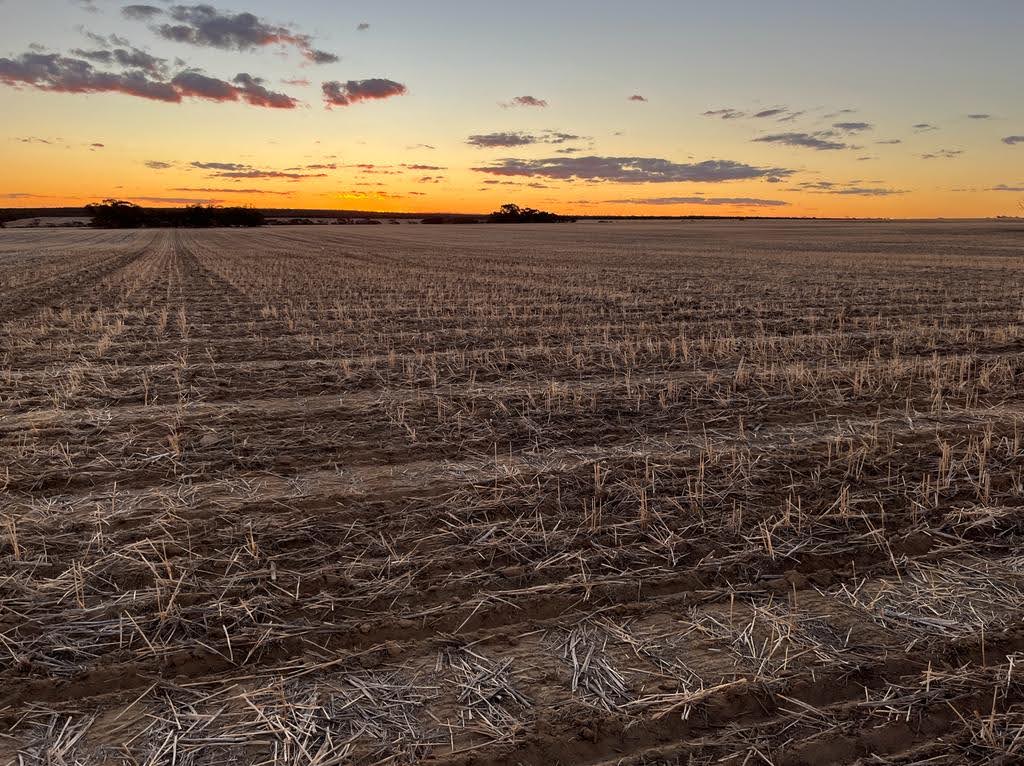
World Soil Day event tickets available
SoilsWest is hosting the December 4 event with the Grower Group Alliance’s South-West WA Drought Resilience Adoption and Innovation Hub.
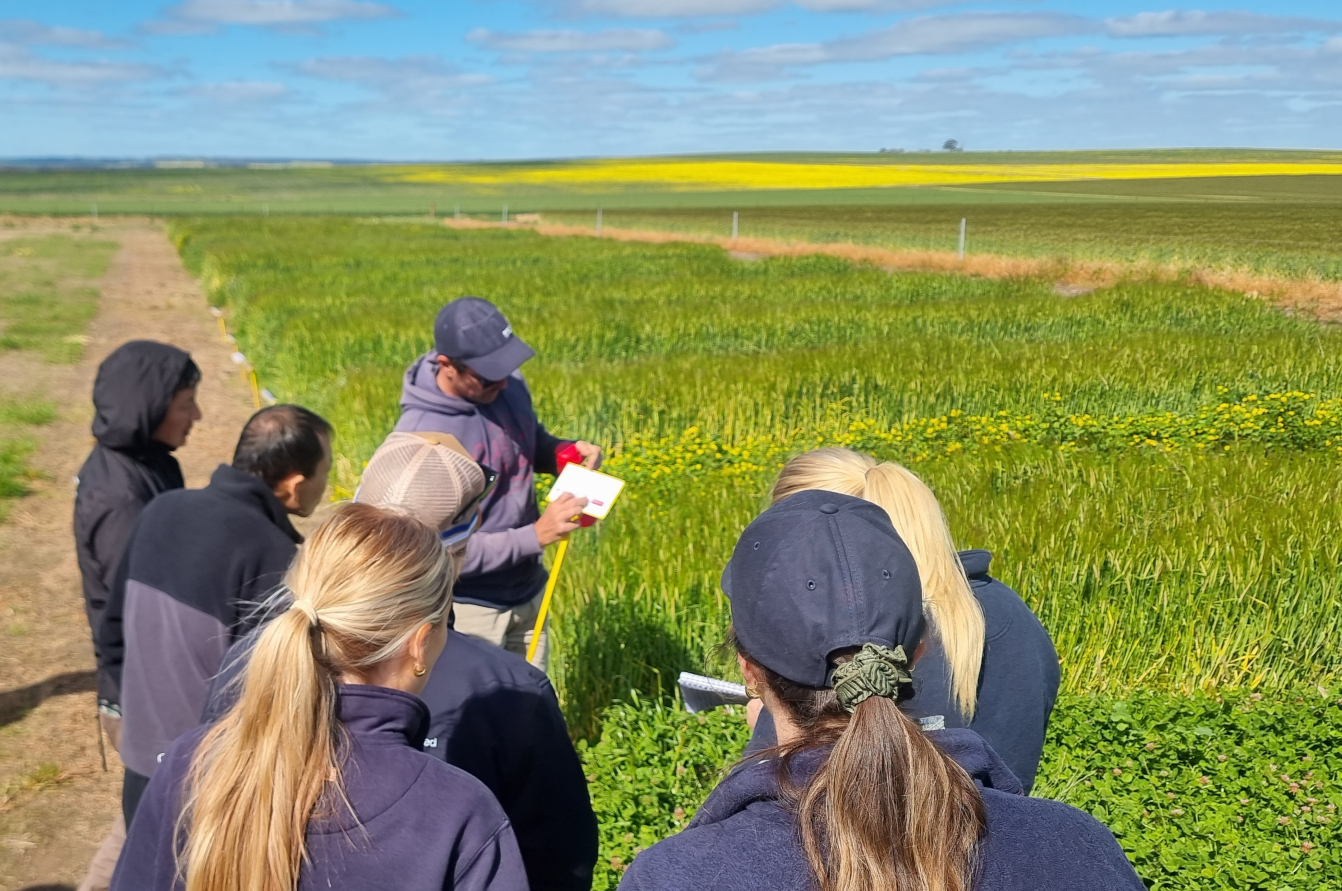
Legumes the nitrogen fix for farmers
Dr Luca De Prato is exploring how the introduction of legumes in farming system rotations can benefit farmers by reducing synthetic fertiliser use and prioritising soil health.